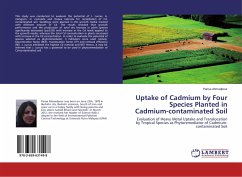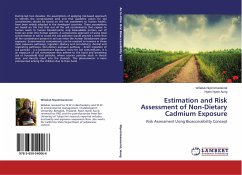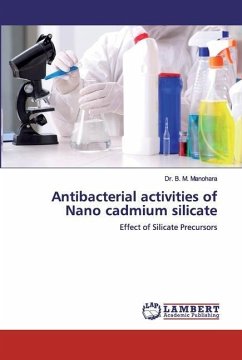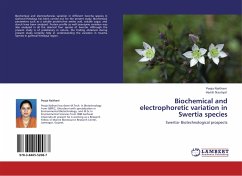This study was conducted to evaluate the potential of J. curcas; A. mangium, D. costulata and Hopea odorata for remediation of Cd-contaminated soil. Seedlings were planted in the growth media treated with different amount of Cd. The results revealed that growth performance and the production of total dry biomass in plant species significantly decreased (p 0.05) with increase in the Cd levels applied to the growth media, whereas the total Cd concentration in plants increased with increase in the Cd concentration. In order to evaluate the potential of species selected as phytoremediator, 3 indicators were used namely, biocentration factor (BCF), translocation factor (TF) and removal efficiency (RE). J. curcas exhibited the highest Cd removal and BCF. Hence, it may be inferred that J. curcas has a potential to be used in phytoremediation of Cd-contaminated soil.
Bitte wählen Sie Ihr Anliegen aus.
Rechnungen
Retourenschein anfordern
Bestellstatus
Storno








